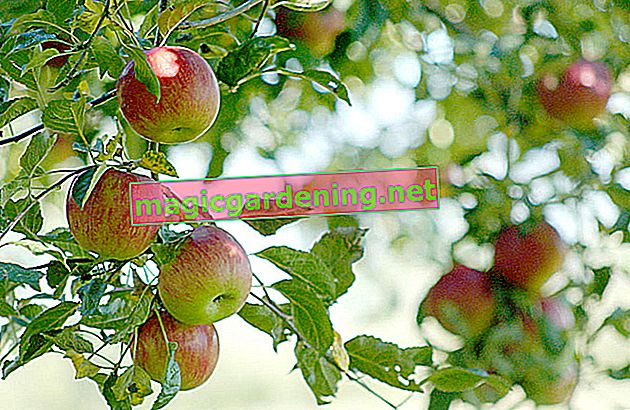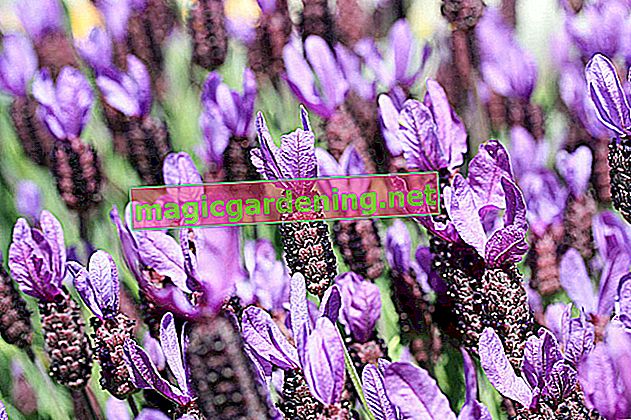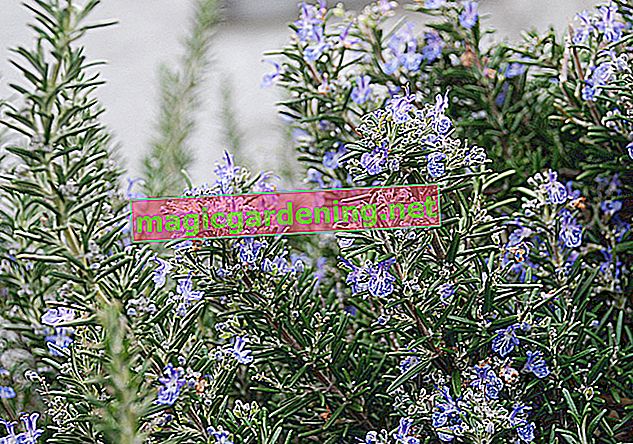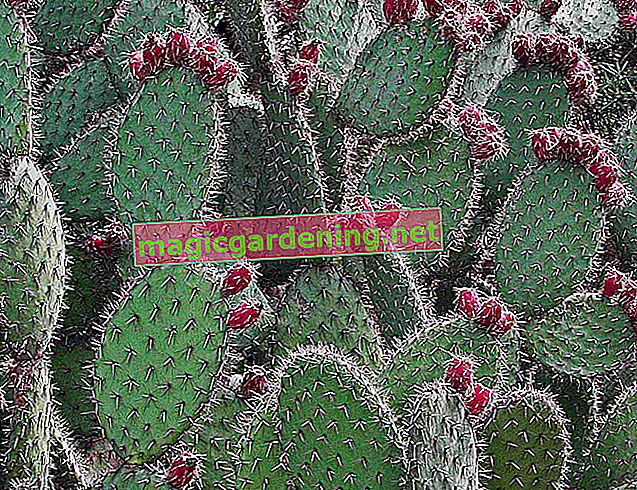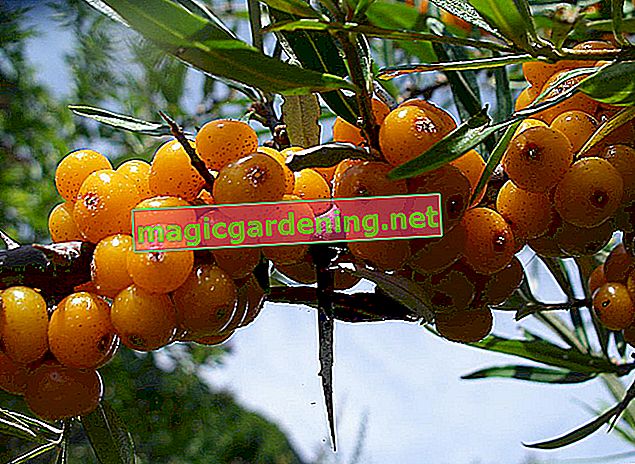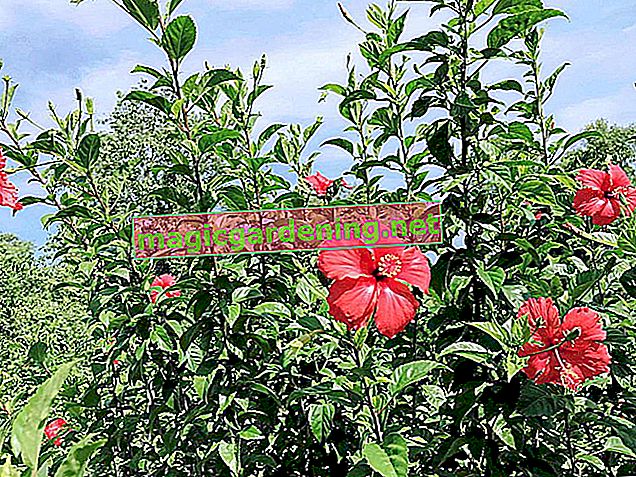
How regularly should the parrot beak plant be watered?
The top layer of soil in the pot of a parrot's beak plant should always be able to dry out between watering. If the plant is then watered again after a few days, no water should remain in the saucer. In principle, the Congolese should only be poured with water that is as free of lime as possible. In summer, the water requirement of a Congolese can be quite high, especially in a sunny location. Make absolutely sure that the soil in the pot of this plant never dries through to the roots.
also read
- The Congolese - with this care all around healthy!
- The perfect care for the silver leaf
- The perfect care for the Torenia
What should you watch out for when repotting a Congolese?
When repotting this plant, care should be taken to ensure that the new planter offers enough space for the roots of the Congolese to develop. A drainage layer should be placed in the lower third of the plant pot, which can consist of the following materials, for example:
- Pottery shards
- coarse gravel
- Clay balls for hydroponics
The Congolese should always be reinserted into the substrate at the same height. After transplanting, the substrate is pressed into the pot with medium strength and watered extensively.
When and how is the Congolese cut?
Since the plant grows very compact by itself, no pruning is usually necessary. However, withered parts of the plant should always be removed. For example, pluck the dead flowers regularly so that new flowers can form quickly. A radical pruning is very poorly tolerated by this plant.
Which pests can be dangerous to the parrot-beak plant?
The plant is relatively susceptible to spider mites, so the plants should be checked regularly for possible infestation with these pests, even in winter.
Are there diseases that are more common in the Congolese?
The Congolese can be attacked by various fungal diseases. Infested areas should be cut out as quickly as possible so that the plant still has a chance to recover. The removed parts of the plant should not end up on the compost heap, otherwise fungal diseases can spread further.
How is the parrot's bill plant optimally fertilized?
With proper care of the Congolese, heights of around 50 to 150 cm can be achieved depending on the location and incidence of light. From March to September you can provide the plants with the nutrients they need for a lush flowering by applying a liquid fertilizer. Alternatively, you can also use a slow release fertilizer in an economical dosage.
How do you get a Congolese through the winter unscathed?
The Congolese is not hardy, but can be overwintered in a frost-free place in the house. Like the South Sea myrtle and the purple mute, the Congolese need a lot of daylight in their winter quarters.
Tips
Indoor air that is too dry can encourage pests to infest the parrot-beaked plant. Prevent this by spraying the leaves of the plant with low-lime water every now and then.

